Here you could find Tutorials, script library, gallery, FAQ, and a little bit more for pharmacoinformatics and drug design
Computational polypharmacology
Approved drugs from Drugbank
DrugBank is a pharmaceutical knowledge database and a key pharmacoinformatics resource with comprehensive drug/target/disease information. In this notebook, we will download approved drugs information for Alzheimer´s Disease from DrugBank.
Protein-protein interactions networks
Here we use a KNIME workflow to capture relevant information related to an indication of interest involving a complete list of targets, drug names, and their respective study phase, and key protein-protein interactions. This workflow is fed with different databases such as CHEMBL, TTD, DRUGBANK, STRING and OPEN TARGETS, which contributes to the selection and prioritization of targets mapped and the identification of a new set of proteins as drug target candidates.
Topological Protein-protein interactions networks analysis
Here we present a R-Studio pipeline to compute some topological parameters that will help us understand the “importancy” of each protein in a PPI network in terms of its connections. Here we will use the PPI network for the Alzheimer’s disease (PPI-AD) obteined in our group using KNIME.
Data Science with KNIME
Knime_tutorial
In this tutorial, we will work a Knime introduction working with CHEMBL data using basic nodes.
Chemoinformatics Analysis Tutorial with Knime master
In this tutorial, we will work with the CHEMBL database and the open-source software KNIME, which will allow us to acquire the data of interest of the compounds that have been tested against a given target.
Active compounds for a given target from ChEMBL
This workflow use a local CHEMBL database to search one or a list of targets and return information of compounds and activity reported to the input targets.
Chemoinformatics
This workflow consists of 5 interconnected work blocks, each containing a central theme in computer-aided drug design (CADD). The workflow is presented using Acetylcholinesterase (AChE) as an example, including its respective active compounds and their respective associated IC50 values, which where obtained from CHEMBL database.
Processing Pharmacophores from Phase
Here we use a KNIME workflow to post-process the output file CSV from a multiple pharmacophore-based virtual screening calculation done with Phase. We screening a dataset of ~1000 compounds against multiple pharmacophores (~100), then the results were exported as a CSV file with all the results with the corresponding phase screen score (0 to 1).
Docking and Virtual Screening
Ensemble Docking Glide
Here we use present a pipeline to perform ensemble docking to find the most probable binding mode of a given ligand in a given set (ensemble) of protein structures.
Ligand-receptor interactions frequency
To analyze the frequency of receptor-ligand interactions on a set of poses from a given cluster, we use scripts included on Schrödinger Suit (v.2020-1) and in-house functional workflow built on Knime.
Ligand-receptor interactions frequency multiple clusters
To analyze the frequency of receptor-ligand interactions on a set of poses from different clusters, we use scripts included on Schrödinger Suit (v.2020-3) to calculate the interactions on every pose and a in-house functional workflow built on Knime to get the frequency of interactions on each cluster and then sum the total.
Molecular Dynamics simulations
Desmond
VMD
Molecular Modeling
Miscellaneous
HOLE
HOLE is a program that allows the analysis and visualisation of the pore dimensions of the holes through molecular structures of different proteins such as ion channels. Here we will use HOLE suite of programs to study pores in ion channels. Several HOLE programs have been used in the hole_over_time.tcl script to produce surface representations of pore cavities. You should have the HOLE programs in your computer prior to run this script.
RMSD calculation
The Root Mean Square Deviation (RMSD) is a common metric used to evaluate the distance between the predicted pose and the native pose, given a superposition of proteins or ligands.
Facilities
The Facultad de Ciencias Biológicas at the Universidad de Concepción is integrated by the departments of cell biology, biochemistry, ergonomics, pharmacology, physiology, physiopathology, and microbiology. Each department has different equipment and facilities that allow them to do cutting-edge research in their area of expertise.
Software
Software for molecular simulation, modeling and Visualization: Schrödinger Drug Design Suite, Modeller, AMBER, GROMACS, PyMol, VMD, KNIME, AutoDock, AutoDock vina, LigandScout, BIKI.
Hardware
1 small GPU cluster (Tensor TWS-1686525-AMB: 2x Intel Xeon Silver 4110 Processor, 8 Core, 16 Threads, 2.1Ghz, 11M Cache, 85W. 12x 8GB DDR4 ECC/REG 2666MHZ (96GB System memory). 1x 256GB 2.5 SATA III Internal Solid State Drive (SSD). 1x 8TB SATA 6Gb/s 7200RPM 3.5″ 256MB Cache Hard Drive. 3x GPU Nvidia Quadro P5000 16GB. CentOS 7)
Multiple workstations for visualization and data analysis (1x Intel CPU Core i7-7700 3.6GHz. 1x Toshiba Disco Duro 2TB Sata3 7200 rpm 64MB P300. 1x SSD 480GB Sata3 2.5″. 2x MSI Video Nvidia Gaming GeForce GTX1660 6GB. 2x Kingston DDR4 16GB 2400MHz HyperX FURY Black).
We have access to the CPU- GPU-clusters at the Center for Bioinformatics and Molecular Simulations at Universidad de Talca, Chile
